
Not Just Nigiri: A Friendly Guide to Japan's Sushi Scene
Written by Team MUSUBI
Originally enjoyed as a quick bite by commoners during the Edo period (1603 CE - 1867 CE), sushi has since journeyed across oceans and captivated taste buds worldwide. Sushi restaurants are now sprinkled across the culinary landscapes of countries far from Japan, and sushi has become a beloved staple in grocery stores. Today, it stands tall as a universally adored delicacy.
But when you hear the word "sushi," does your mind paint a picture of the classic nigiri – a delicate slice of fish gracing a pillow of vinegar-infused rice? Actually, there is much more to this culinary scene in Japan which includes seaweed-wrapped wonders to tasty tofu pockets, with each having its own tale to tell.
Take a look at some delightful styles and broaden your sushi horizons!
tables of contents
Nigiri: A Brief History

First, a brief mention of the ever-so-popular nigiri, the well-known style of raw fish slices on vinegared rice balls. Nigiri, which originated around the Bunka period (1818 CE - 1830 CE), gained prominence as vinegar became a staple in the Japanese diet and street food stalls surged in popularity.
Surprisingly, nigiri of that period was quite a bit larger than today's version, about the size of a fist, thus occasionally needing to be cut before eating. Popular toppings at the time included tuna, sea bream, shrimp, and shellfish, which, to this day, are still popular toppings.
Chirashi: A Kaleidoscope of Colors

Chirashi, which literally means "to scatter," is a bed of vinegared rice beautifully decorated with an array of fish and vibrant vegetables, garnished with kinshi-tamago, strips of a thin omelette. A bloom of colors may blossom on a plate or in a Jubako bento box, whichever is your choice of tableware, to showcase this delicious sushi.
The most popular theory regarding the origin of chirashi is quite unique. In 1664, a massive flood hit the Bizen region (now Okayama Prefecture). To recover, Lord Ikeda Mitsumasa issued the Ichijuu Issai Decree, limiting meals to just a soup and a side dish. In response to this austerity, the commoners cleverly turned to chirashi. They would secretly layer ingredients under rice in a tub and flip it over before eating, creating a hearty rice dish. This act was technically against the rules, but the local lords turned a blind eye, and the scrumptious dish became a staple.
Today, chirashi shines brightest on March 3rd, on the day of Hinamatsuri, a festival celebrating the healthy growth of girls.
Makizushi: The Rolled Delight

Next to nigiri, an oft-spotted sushi is the rolled wonder, maki roll, known as makizushi in Japan. Maki means "to roll," and as many may already know, it's sushi rice neatly rolled in a large sheet of seaweed with an assortment of ingredients placed in the center.
In a culinary guide from 1776, we see a recipe where rice and fish are placed on a bamboo mat and rolled – resembling today's makizushi style. By the 19th century, various styles had become quite popular.
When it comes to size, makizushi can be seen in mainly two.
The futomaki, the thick rolls, brim with multiple ingredients such as crisp cucumber, delicate omelette strips, sweetened fish flakes, and tenderly stewed kanpyō, dried gourd strips. The mix of vibrant colors of the ingredients right in the center of the roll makes futomaki a feast for the eyes as well.

While makizushi is readily available in many shops, making makizushi at home can be a culinary adventure in flavor and technique. The trick lies in the rolling process where you get to tuck and roll the ingredients into a snug, delicious bundle. Each bite of makizushi bursts with a symphony of flavors, making the experience not just tasty, but also incredibly fun and satisfying!
Inarizushi: A Sweet Pouch of Joy

Now for a geography lesson with a sushi twist: In Eastern Japan, inarizushi is typically rectangular. But head west, and it's all about the triangles. The dividing line seems to run from Ishikawa Prefecture through Gifu and slips into Mie.
Inarizushi stays fresh longer and its small size makes it super handy for eating on the move. Also ideal for those special days out, it's a favorite bento dish for outings like cherry blossom viewings and family picnics. Not only is it tasty, but it also offers a hearty bite that's sure to satisfy.
Not a raw fish fan? No worries! Inarizushi might just be your sushi soulmate.

Oshizushi: Pressed Perfection

Just like many other sushi types, oshizushi also has its regional variations. You'll find them in a variety of shapes, from round to square, and with an array of toppings like trout and pike eel. While oshizushi may be unfamiliar abroad, it's a taste worth exploring.

As a cornerstone of Japan's culinary heritage, sushi offers an array of tantalizing options. If you ever find yourself in Japan, why not seize the opportunity to explore and taste the different kinds of sushi during your visit?
Of course, you can also embrace the sushi experience in the comfort of your home as well. Chirashi may be a good place to start as your first at-home sushi experience. And enjoying your homemade sushi, or even store-bought selections, on authentic sushi plates will truly enhance the atmosphere, adding an undeniable touch of authenticity and charm to your sushi affair.


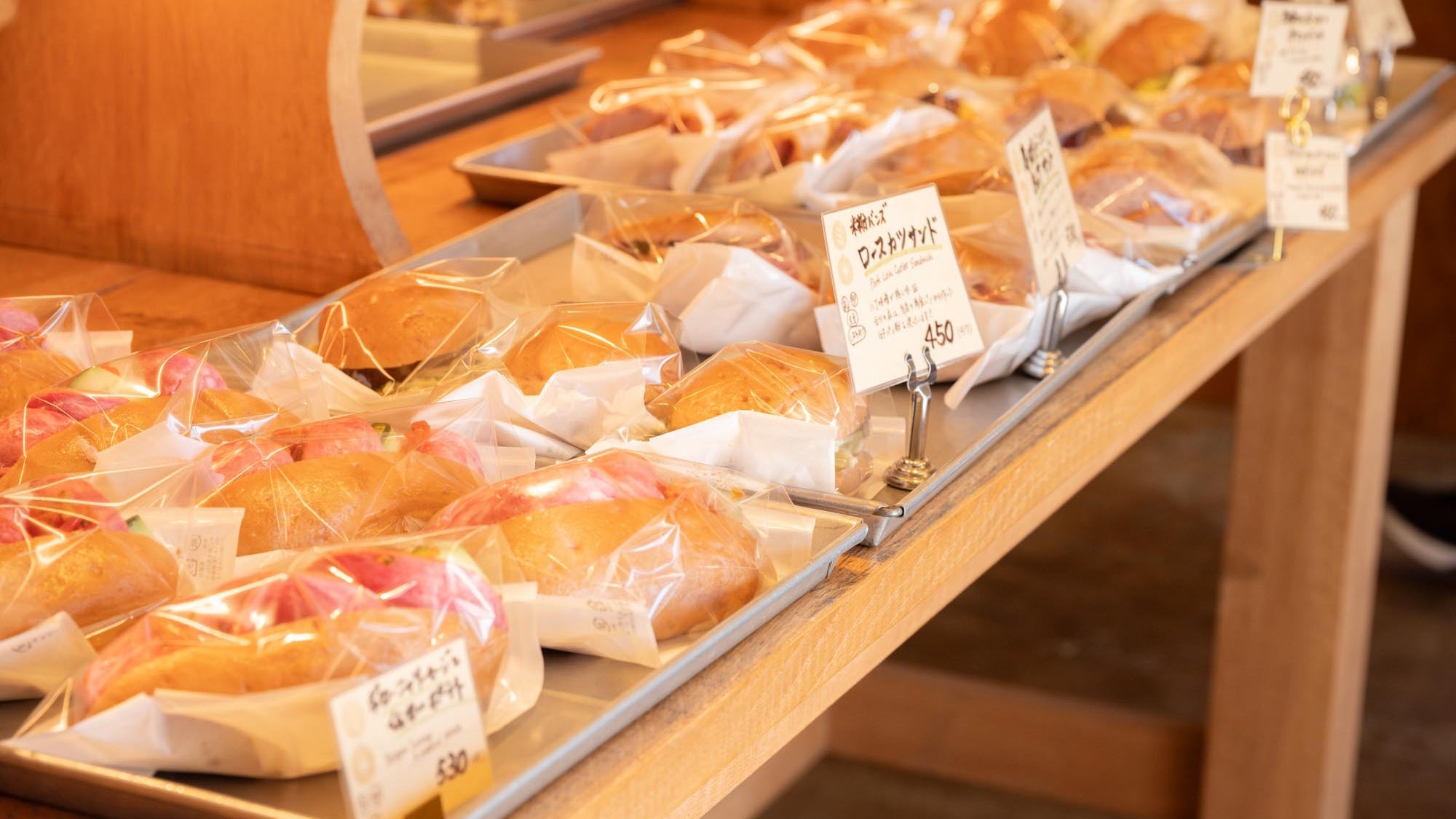
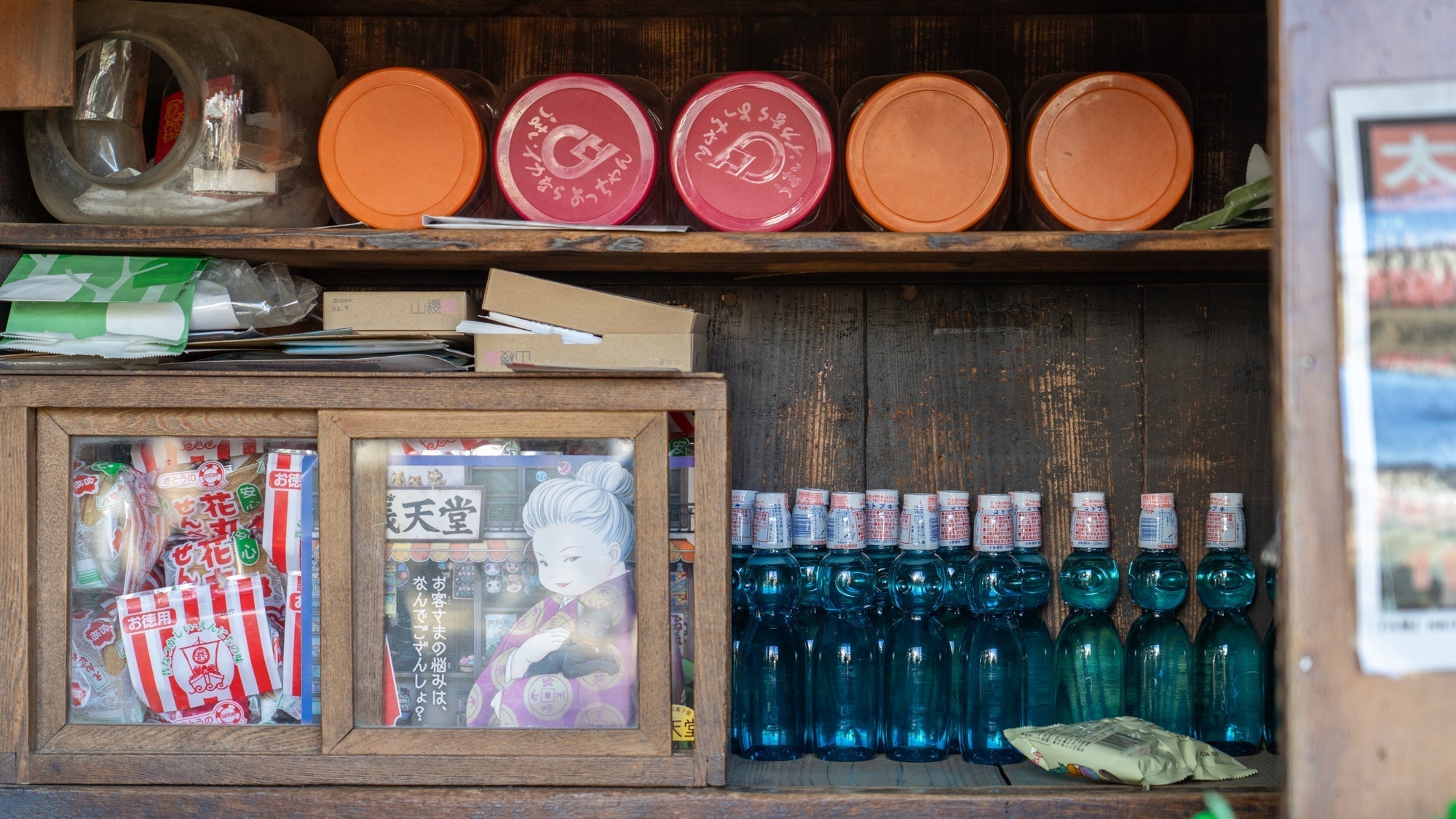
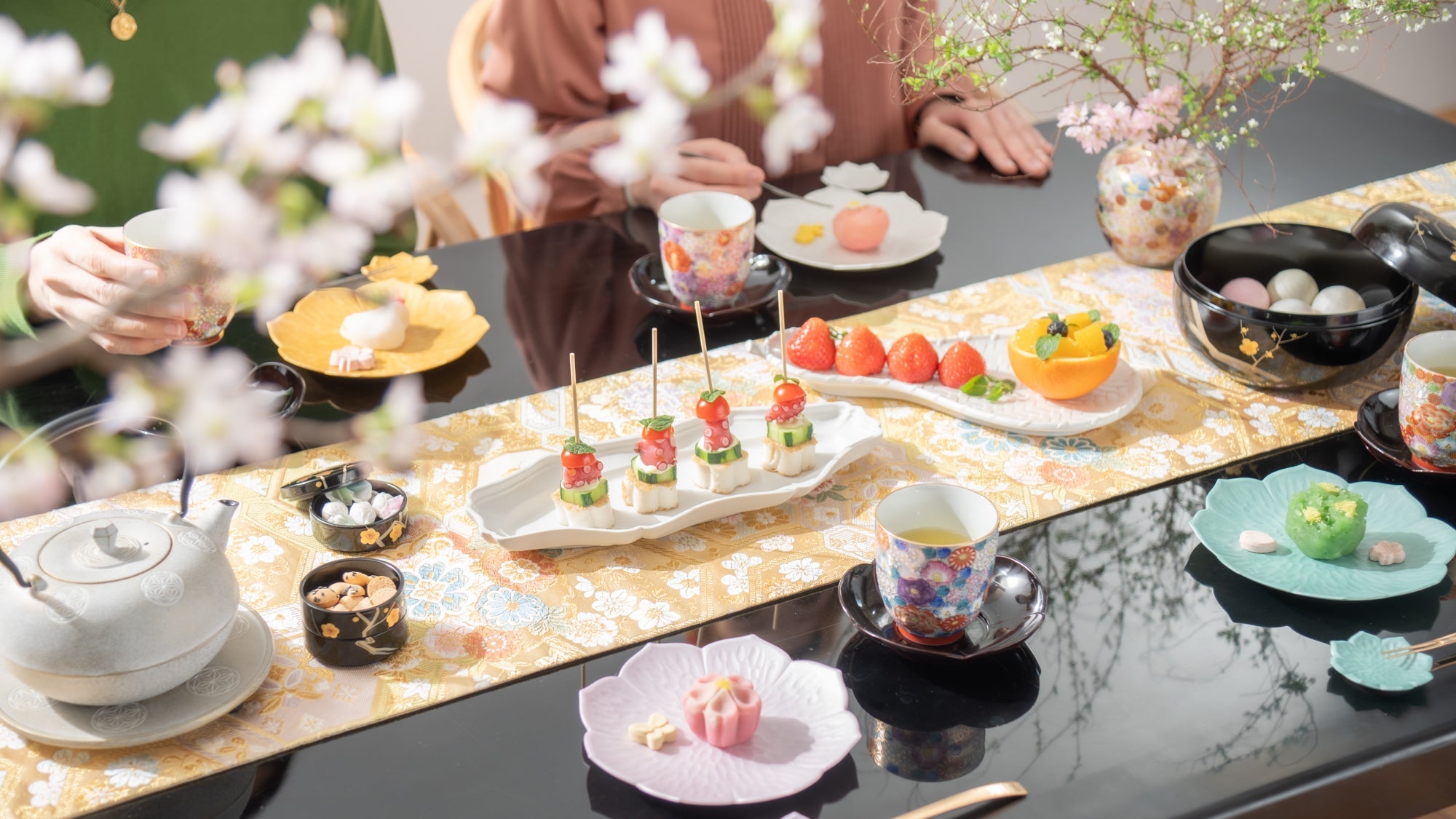

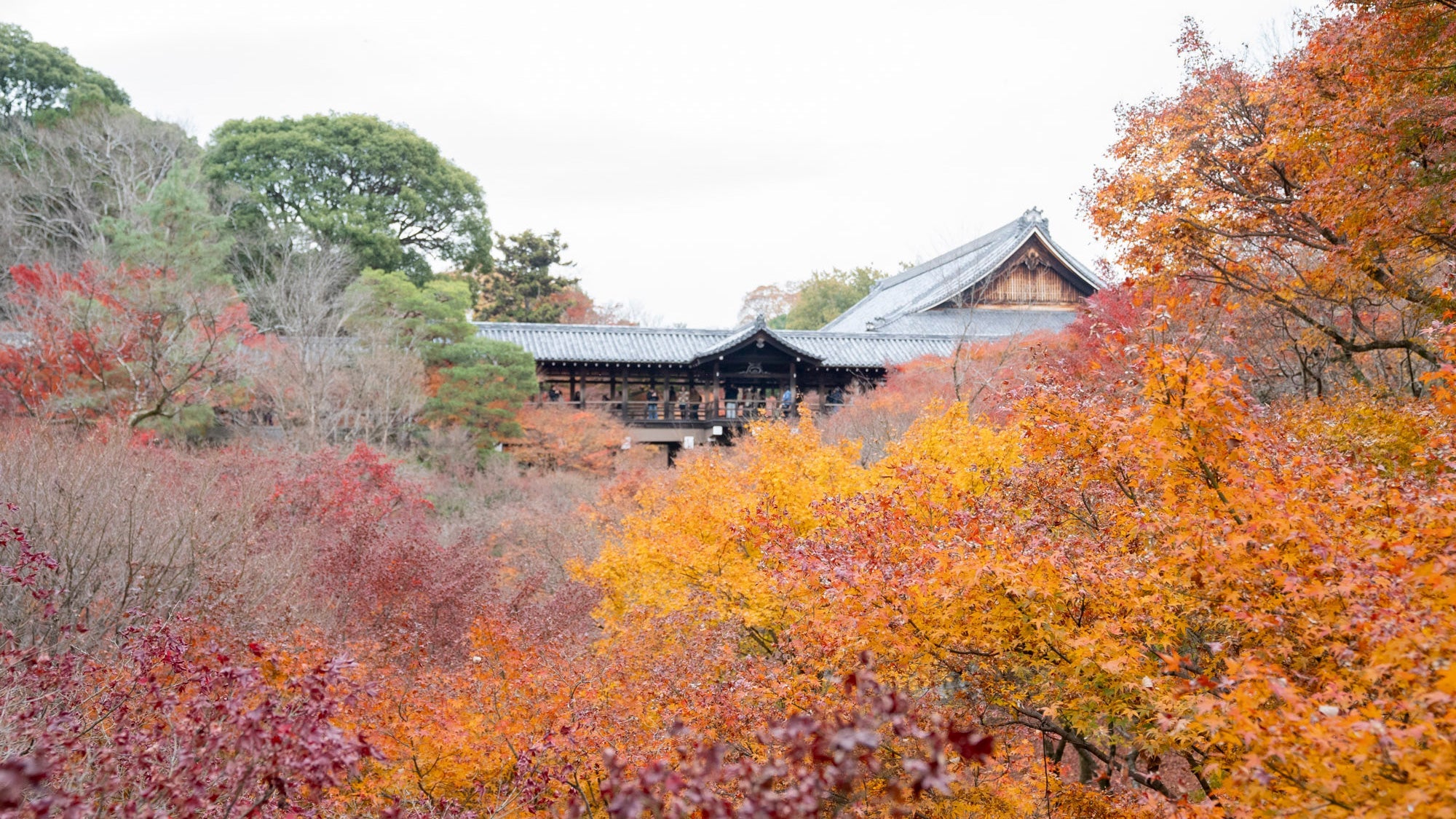
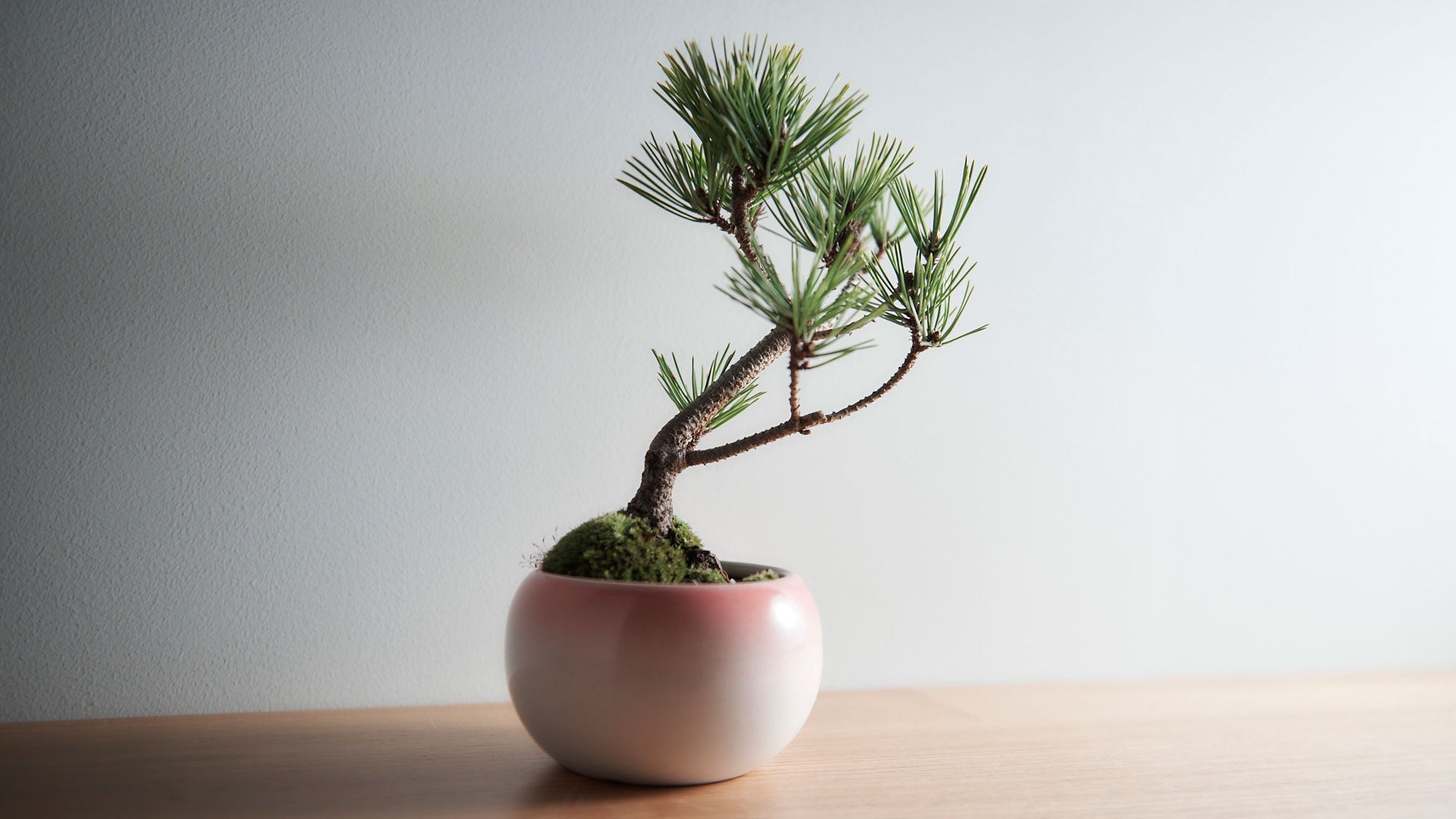
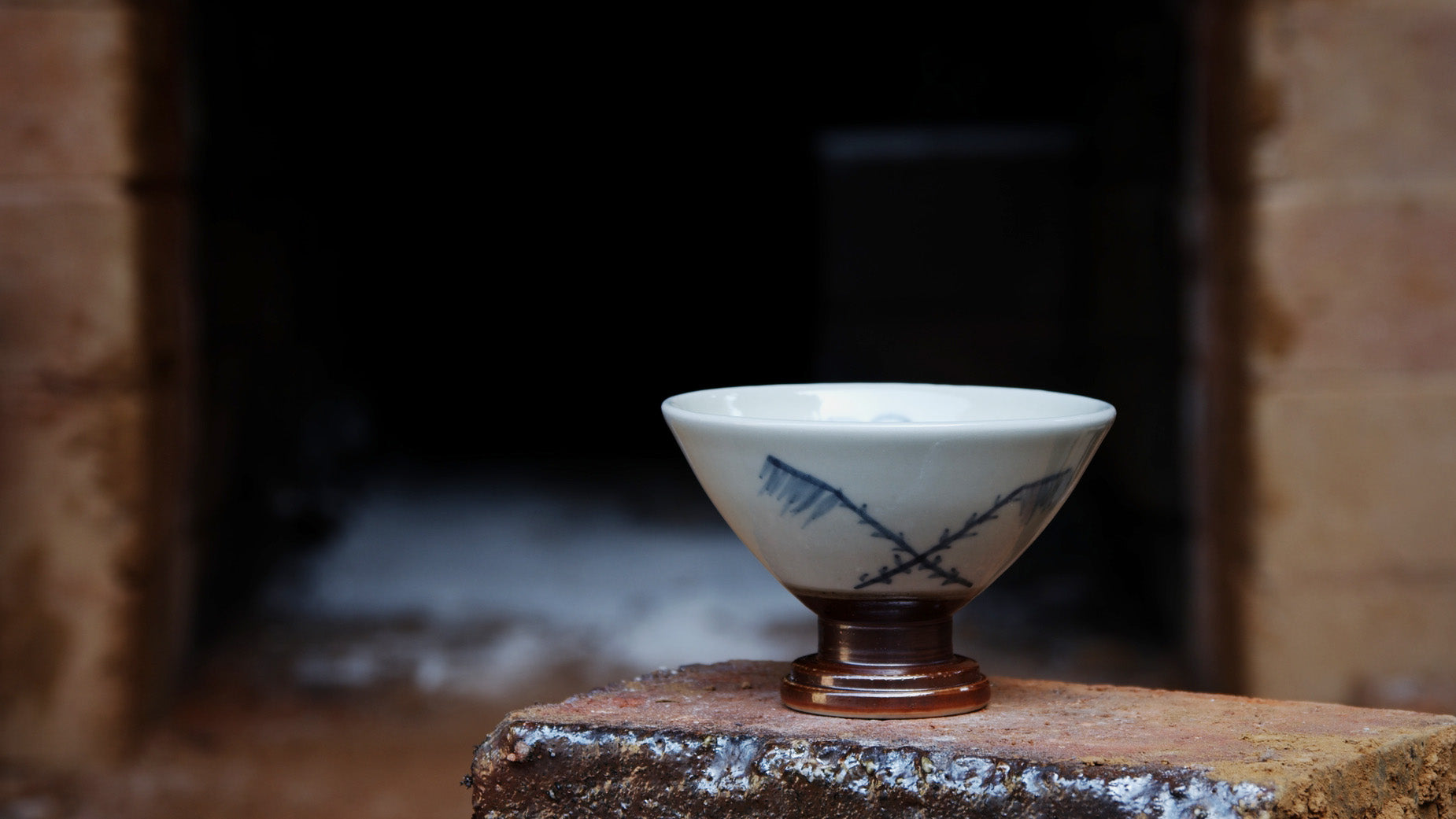
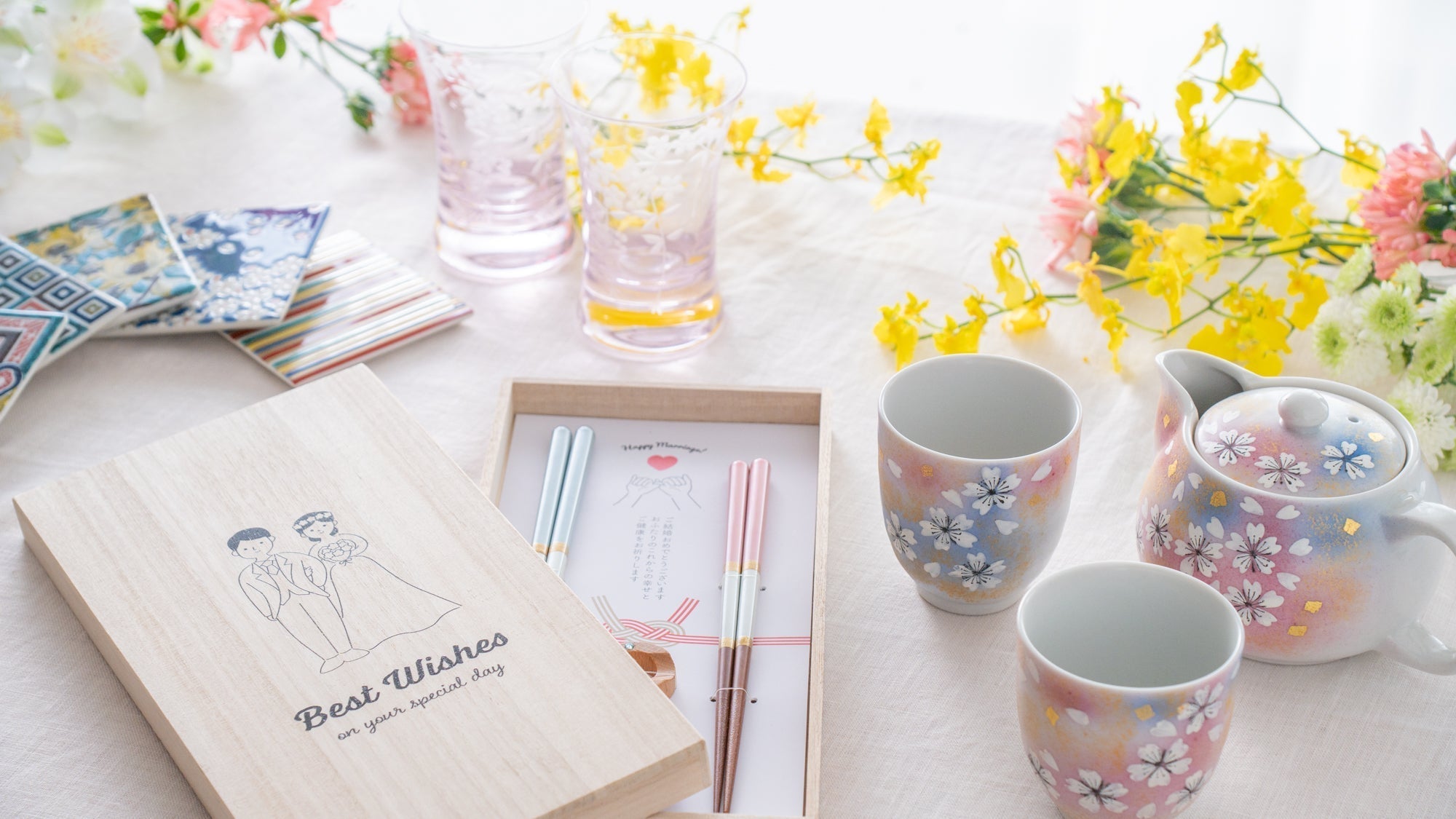
Leave a comment
This site is protected by hCaptcha and the hCaptcha Privacy Policy and Terms of Service apply.